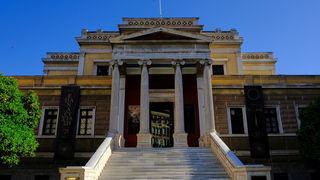Programme for the Restoration and Promotion of Monuments in Ancient Epidaurus 2020
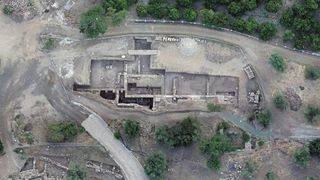
“ASCLEPIADES” Non-profit Organisation was founded in 2015 in order to support archaeological and historical research, the restoration of monuments in archaeological sites in the wider area of Ancient Epidaurus, as well as their study, preservation and promotion. In this context, the organisation is implementing its four-year programme (2019-2022) “Restoration and Promotion of Monuments in Ancient Epidaurus”, in collaboration with the scientific team of the National and Kapodistrian University of Athens and the Ephorate of Antiquities of Argolida, with the support of the John S. Latsis Public Benefit Foundation.
This cultural initiative includes a series of actions aiming at preserving and highlighting the cultural heritage in the area of Ancient Epidaurus:
- Conduct of excavation in the Agora of the ancient city.
- Maintenance and mounting of the masonry mortars of the fountain and reservoir complex.
- Restoration of the monuments and configuration of the surrounding area of the ancient city.
- Digital representation and 3D illustration of the ancient theatre and its monuments.
- Implementation of activities for the promotion of the ancient city and the monuments of Ancient Epidaurus.
With the support of the Foundation, excavations carried out in July and August 2020 revealed almost the entire northern part of the Roman stoa (arcade) which, in the 2nd century AD, connected the impressive fountain construction (built in the 4th century BC) with the large Roman building which was probably a nymphaeum. At the same time, the water supply pipes that ran through the excavated parts of the fountain and the stoa have been removed, the rural path leading from the port to the theatre, through the fountain has been replaced by a new path that has been carved outside the archeological site. Lastly, the antiquities that were discovered through the excavation attract particular interest, as they illustrate the history of the area.
The results of the excavations that have taken place to date in the Agora and theatre area of Ancient Epidaurus are particularly significant as they have revealed the theatre and fountain, both constructions of particular importance for the progress of research of ancient buildings of their kind; it is speculated that, between the two constructions lies the temple of Asclepius mentioned in ancient sources. The supply of a high-performance computer equipped with special software for point cloud processing and photogrammetric analysis has substantially contributed to the documentation work, enabling detailed 3D representation of the monuments in all the successive stages of the programme as well as after its completion.
“Despite the public health crisis, the promotion of monuments of the Agora in Ancient Epidaurus conducted by the research team of the University of Athens, has dynamically proceeded in 2020, thanks to the funding of the programme by the Latsis Foundation. With the possibilities offered by the relevant grant, we have managed to reveal a very large part of the monuments that the programme aims to highlight and, at the same time, we have completed important infrastructure works, necessary for the promotion of the monuments, such as the diversion of the road and the water supply system traversing the area in question, as well as the enclosure and protection of the latter by means of modern fencing. Following these works, the area of the Agora monuments stands out as a properly preserved archeological site.”
Vassilis Lambrinoudakis
Professor Emeritus of Classical Archaeology
National and Kapodistrian University of Athens
GRANTS
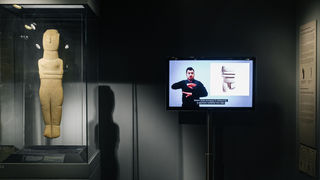
Creation of sign language video
Museum of Cycladic Art
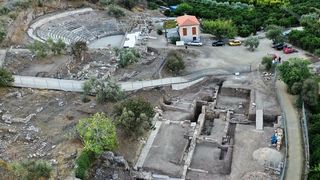
Programme for the Restoration and Promotion of Monuments in Ancient Epidaurus 2021
NPO ''ASCLEPIADES''
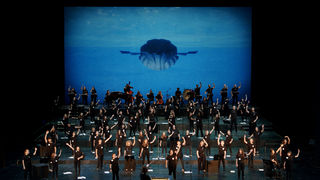
Interdisciplinary Educational Programme
Greek National Opera
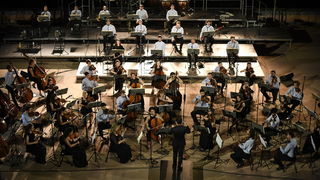
Musical Performances & Educational Activities
Greek Youth Symphony Orchestra
